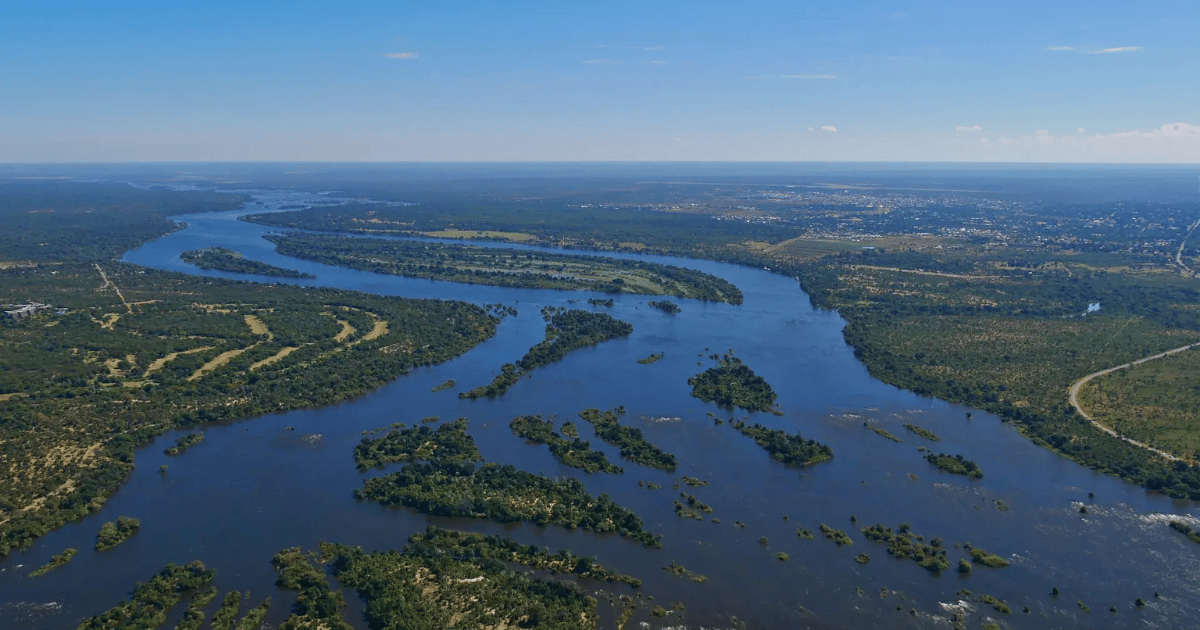- Conservation Rising
- Posts
- $96 million conservation boost to Kenya and the Zambezi Basin
$96 million conservation boost to Kenya and the Zambezi Basin

From the newsletter
The Climate Investment Funds (CIF) has allocated $96 million for nature conservation in Kenya and the Zambezi Region. This funding, part of CIF’s Nature, People and Climate programme, is expected to generate $771.5 million in co-financing and promote private-sector involvement in ecosystem restoration, forest rehabilitation, and biodiversity conservation.
Kenya will receive $35.66 million, while the Zambezi Basin will receive $60.35 million, excluding additional financing.
To date, nearly $300 million has been committed to the programme, with previous endorsements including projects in the Dominican Republic, Ethiopia, Rwanda, and Zambia.
More details
Kenya’s Nature, People and Climate (NPC) plan, supported by an additional $108 million in co-financing, aims to protect wildlife, Indigenous communities and key ecosystems in Lake Victoria and the River Ewaso Ng’iro. The initiative is expected to boost ecotourism, a sector that contributes 8.2% to Kenya’s GDP. It will also support the Maasai and other indigenous groups through nature-based solutions, promoting regenerative agriculture and conservation-friendly enterprises.
The Zambezi Basin project encompasses Malawi, Mozambique, Namibia, Tanzania, and Zambia. It anticipates co-financing of over US$600 million, generating more than $10 for every $1 invested. This initiative will engage private sector players in voluntary carbon markets and strengthen sustainable forestry and wildlife conservation while providing alternative livelihoods for communities affected by deforestation and climate change.
Managed by the African Development Bank and the World Bank Group, the investments will channel $15 million directly to indigenous and local communities across the six countries. This will be done through the Dedicated Grant Mechanism by CIF, empowering them to lead their own sustainable development efforts.
In December 2024, CIF approved a $37 million investment plan to protect rural communities in Ethiopia from climate-related shocks and to restore and safeguard the country’s carbon-rich forests and natural ecosystems. Ethiopia expects this plan to mobilise $492 million in co-financing, including $253 million from the African Development Bank and the World Bank Group.
This active investment plan addresses climate change and land degradation, which undermine the livelihoods of millions of smallholder farmers and pastoralists in Ethiopia. The funding focuses on forests, including the renowned wild Arabica coffee forests, farmlands, and rangelands in four regions: Amhara, Oromia, South Ethiopia, and Somali. Currently, about 322,276 hectares of degraded landscapes and ecosystems are being restored.
Earlier in June 2024, CIF invested in two countries, Rwanda and for the first time, the Dominican Republic, with a total of $61 million directed towards harnessing nature-based solutions to tackle climate change. The plans identified up to $500 million in co-financing to improve land use, bridge climate mitigation and adaptation, and develop sources of livelihoods for rural communities and indigenous peoples.
The $30 million allocated for the Dominican Republic supports restoration efforts in the Yuna watershed and is expected to generate $290 million in co-financing. Rwanda has invested its share of $31 million to address systemic challenges facing vulnerable populations in the Kaduha-Gitwe corridor. This funding also supports the launch and operation of the Rwanda Wildlife Conservation Bond, a capital market structured bond designed to promote biodiversity, including endangered chimpanzees.
Our take
There is an increasing commitment to nature-based solutions in Africa that harmonise conservation efforts with economic opportunities. This approach enables communities to flourish while protecting biodiversity.
Leveraging financial income is crucial for encouraging private-sector involvement, especially in areas such as ecotourism, regenerative agriculture, and businesses that prioritise conservation.
Additionally, involving communities demonstrates how nature-based solutions can enhance resilience in vulnerable regions.